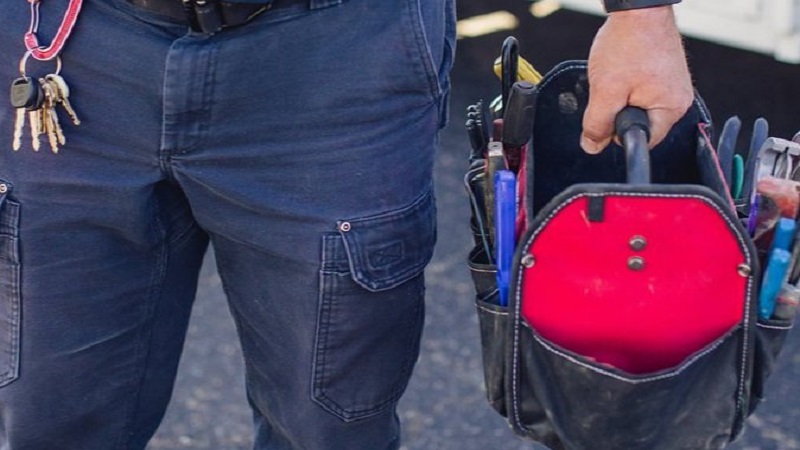Sump pumps are important devices for many homeowners, particularly those living in areas prone to flooding or with high water tables. These pumps play a role in keeping basements and crawl spaces dry by pumping out water that accumulates in a sump basin. Given their importance, understanding when and why to replace a sump pump is vital for maintaining a dry, mold-free home. This article will explore how often sump pumps should be replaced, factors that influence their lifespan, and the costs associated with replacement.
The Lifespan of a Sump Pump
On average, sump pumps have a lifespan of about 7 to 10 years. However, several factors can affect this range, causing some pumps to fail sooner and others to last longer. It’s important to monitor your sump pump regularly and be aware of signs that it might be nearing the end of its useful life.
Factors Influencing Sump Pump Lifespan
- Frequency of Use: Sump pumps that operate frequently, such as those in homes with persistent water issues, will generally wear out faster than those that are used less often. The more cycles a pump completes, the more wear and tear it experiences.
- Quality of the Pump: Not all sump pumps are created equal. Higher-quality pumps, typically made from durable materials and with robust components, can last longer than cheaper, lower-quality models.
- Maintenance: Regular maintenance can significantly extend the life of a sump pump. This includes tasks like cleaning the pump and basin, checking the discharge line for obstructions, and testing the pump periodically to ensure it’s functioning properly.
- Power Source: Pumps that rely on battery backup systems might have different lifespans depending on the battery’s quality and maintenance. Regularly checking and replacing batteries can ensure the pump remains operational during power outages.
Signs Your Sump Pump Needs Replacement
Even with good maintenance, sump pumps will eventually wear out. Here are some signs that your sump pump might need to be replaced:
- Strange Noises: Grinding, rattling, or other unusual sounds can indicate that the motor or other components are failing.
- Continuous Running: If the pump runs continuously without shutting off, it could be a sign of a malfunction.
- Infrequent Use: A sump pump that hasn’t been used for an extended period might fail when it’s finally needed.
- Visible Rust or Corrosion: These can weaken the pump and lead to failure.
- Frequent Cycling: If the pump turns on and off frequently, it might indicate a problem with the switch or that the pump is struggling to keep up with water intake.
Sump Pump Replacement Cost
When it comes time to replace your sump pump, the cost can vary depending on several factors. The type of pump, the complexity of the installation, and the region you live in all play a role in determining the final price. On average, homeowners can expect to pay between $500 and $1,200 for a professional sump pump replacement. This range includes the cost of the pump itself and labor charges. For more detailed information on costs, you can read this sump pump replacement cost article.
DIY vs. Professional Replacement
Some homeowners might consider replacing their sump pump themselves to save on labor costs. While this is certainly possible for those with the right skills and tools, it’s important to weigh the pros and cons. Professional installation ensures that the pump is installed correctly and functioning properly, which can prevent future issues and potential water damage.
Maintaining Your Sump Pump
To maximize the lifespan of your new sump pump, regular maintenance is key. Here are some tips:
- Quarterly Checks: Inspect and clean the pump and the sump pit every three to four months. Remove any debris that might obstruct the pump.
- Test the Pump: Pour a bucket of water into the sump pit to ensure the pump activates and pumps the water out efficiently.
- Inspect the Discharge Line: Ensure that the discharge line is clear of obstructions and that water is being expelled far enough from your home’s foundation.
- Battery Backup: If your sump pump has a battery backup, check the battery regularly and replace it as needed.
Conclusion
Sump pumps are vital for protecting your home from water damage, and knowing when to replace them can save you from costly repairs. By understanding the factors that influence a sump pump’s lifespan, recognizing the signs of a failing pump, and performing regular maintenance, you can ensure that your sump pump is ready to perform when you need it most. Whether you opt for professional replacement or a DIY approach, staying informed about sump pump replacement costs will help you budget for this important home maintenance task.
